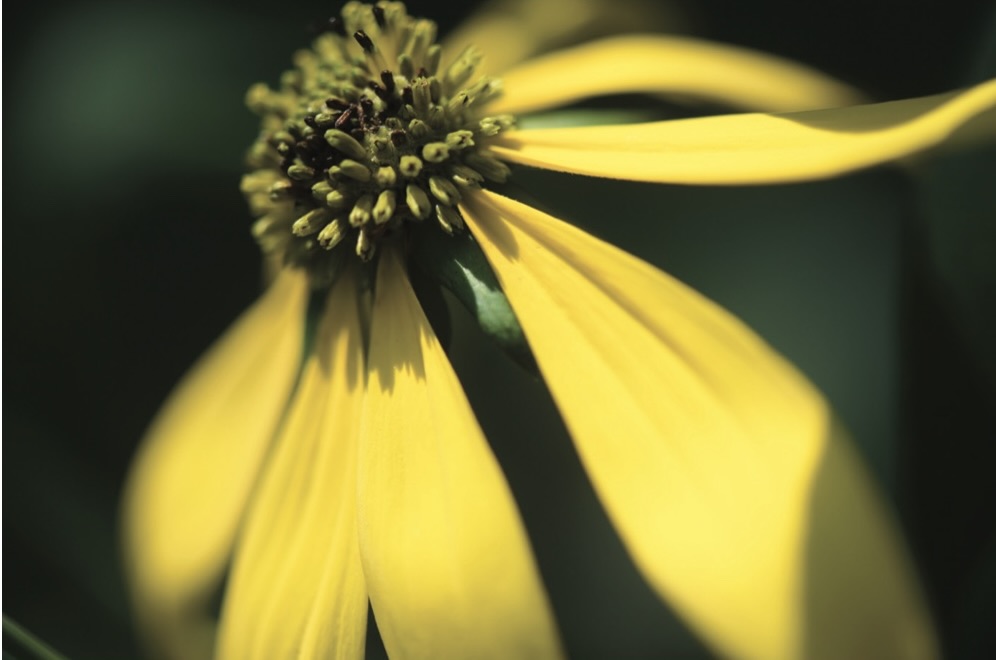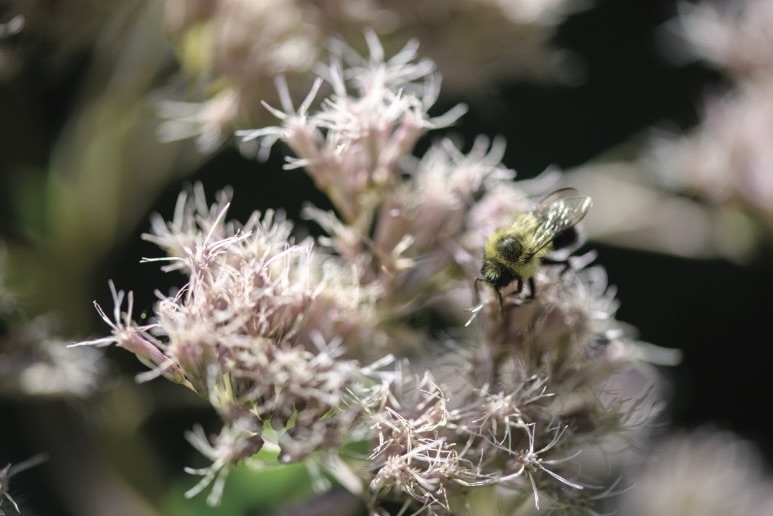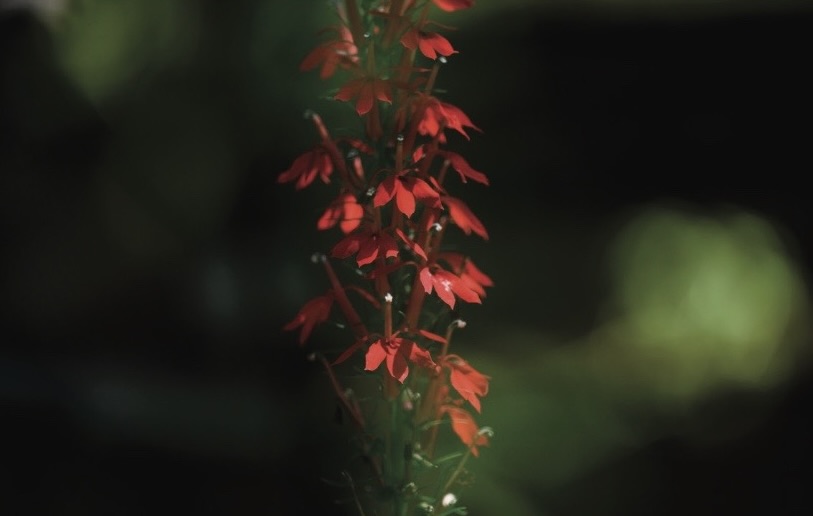I have a black thumb. And I can tell you from experience that there’s nothing as soul-crushing as getting a little bit of dirt under my nails, only to see whatever I put into the ground tease me for a few weeks before ending up in plant triage.

Green-headed Coneflower (Rudbeckia laciniata)
However, the idea of cultivating species that are native to our little Appalachian corner of the world has percolated a fresh optimism. There’s something wildly romantic about growing the same seeds that God decided to scatter here on the very earth under our feet. A compelling narrative takes root in seeing the same flora that our ancestors saw when they first set foot here. Fostering the ecosystem that belongs here cultivates a healthy sense of purpose.
The Pennsylvania Native Plant Society homepage tells me that there are more than 1,600 plants native to Allegheny County alone. These include the Sapindaceae (black maple, sycamore, sugar maple), Poaceae (perennial grasses like black bent and redtop), Brassicaceae (tower mustard, mouse- ear cress), and Apocynaceae (green milkweed, purple milkweed). These species battle diseases, control erosion, and tolerate drought more effectively. They’re tuned in to the local weather, soil, insects, and just about everything else this ecosystem throws their way.

Joe-Pye Weed (Eupatorium fistulosus)
Low Maintenance, High Reward
Native plants also contribute more to the local ecosystem. “For example,” the website reads, “An oak tree can support over 500 species of moths and butterflies, amongst other insects. A Bradford Pear (a common ornamental non-native) supports fewer than 100.”
But the clincher is that they’re beautiful, as you can see from Jeff Swensen’s gorgeous pictures. With minimal fuss, they bloom their heads off. And since they’ll get minimal attention from me, maybe my I’m entering a “green thumb” phase of life.

Cardinal Flower (Lobelia cardinalis)
Going native gives a boost to the local ecosystem by creating a stronger link in the long chain of living things contained in the biome that belongs here. Next time you are outside getting that garden in transition for the seasons, think about what native seeds, flowers and plants you could use to contribute to a lively and useful Pennsylvanian ecosystem.
Story by Kate Benz
Photography by Jeff Swensen
Subscribe to TABLE Magazine’s print edition.
